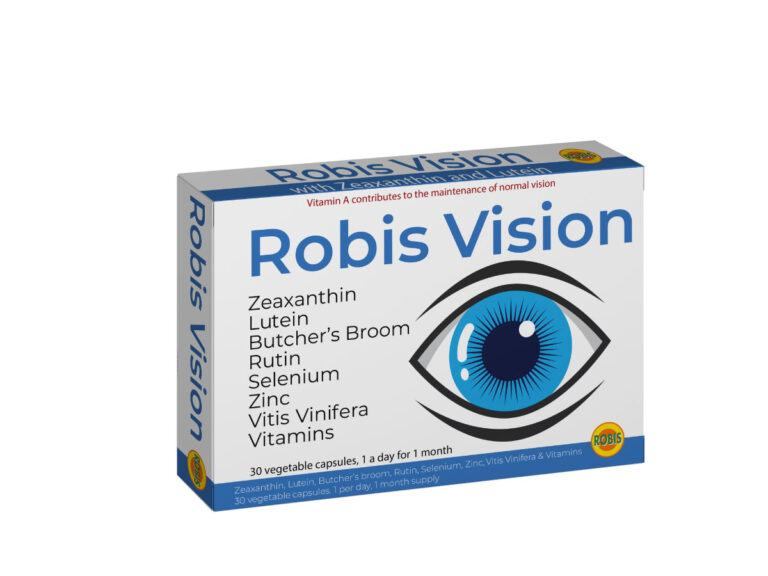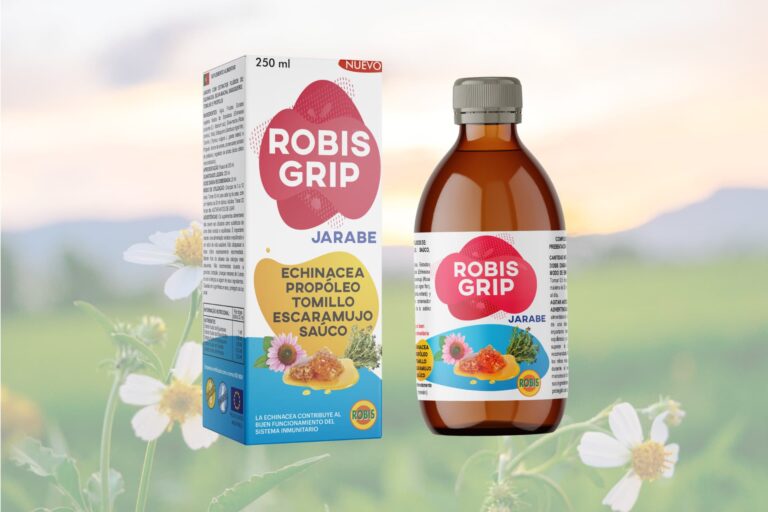Taking care of eye health is key to preserving optimal vision and is something that should be done at any age. Adopting good habits for the protection of the organs of vision is important, but it is also important to provide the body with the nutrients it needs to stay in good condition and perform its function properly.
In this sense, Robis Vista goes hand in hand with eye health as a food supplement that helps the diet and provides the body with the nutrients that the visual system needs to maintain the sense of sight in optimal conditions. Meet Robis Vista in robis.es.
Robis Vista for your eye health
For a better understanding of how Robis Vista helps to preserve and improve eye health, it is sufficient to know the beneficial properties for the organs of vision of the nutrients provided by its main ingredients.
Proanthocyanidins to care for the organs of vision
Proanthocyanidins are polymers of flavanol-3, also known as “condensed tannins” present in some plants. These natural substances help repair retinal nerve cells, which are essential for good eye health. They are also very rich in antioxidants, so they help prevent and repair oxidative damage to the cells of the organs of vision.
Niacin and other B vitamins key to preventing eye health problems
Among the consequences of a deficit of B vitamins in the body are some related to visual health: increased sensitivity to light, high risk of paralysis in the eye muscles and inflammation in the eyes, as well as the appearance of eye tremors, blurred vision and glaucoma, among other problems.
Therefore, a diet with food supplements rich in B vitamins contributes to good eye health by preventing these problems.
Lutein, a carotenoid essential to the health of the human vision system
Lutein protects eye tissues from sunlight, helps prevent cataracts from forming by absorbing UV light and helps prevent vision loss. It is therefore a key nutrient for eye health at any age and especially necessary for older adults.
Zeaxanthin and vision
Like the previous one, zeaxanthin is found in the macula and retina and helps protect both from the harmful effects of UV radiation as well as the so-called blue light generated by some digital devices, acting as a filter in the eyes.
Helps maintain optimal eye health and prevent some of the most common degenerative eye diseases.
Ruscogenins in eye health care
Butcher’s broom saponins or ruscogenins protect the elastin that favors the tension and elasticity of the skin around the eyes, key to avoid sagging or folds that limit the visual field.
In addition, they improve the resistance of the blood capillaries that form part of the organs of vision, which are key to optimal blood irrigation, as well as to avoid ruptures and effusions in the eyes.
Selenium for eyesight
Selenium is a key mineral in eye health. It also helps prevent the onset of cataracts and helps protect the eyes from oxidative damage by fighting free radicals, as well as strengthening the muscles that are part of the eyes.
Zinc for eye health
Zinc supports selenium in matters such as strengthening eye muscles and is essential for the synthesis of retinol, a type of vitamin A, which in turn is a key element for good night vision. It also helps prevent macular degeneration and cataract formation.
Vitamin A
The role of vitamin A in ocular health is of great relevance, being necessary to maintain normal vision. It is also necessary to produce certain pigments essential for the optimal functioning of the retina and for good night vision.
Rutin, a flavonoid with beneficial properties for eye health
Rutin is a flavonoid of the glycoside type that helps prevent oxidative damage to the vision system and helps protect the eyes from the harmful effects of UV rays. It also helps maintain optimal blood supply to the organs of vision and the brain by helping to strengthen and increase the resistance of capillaries and arteries, helping to prevent strokes.




